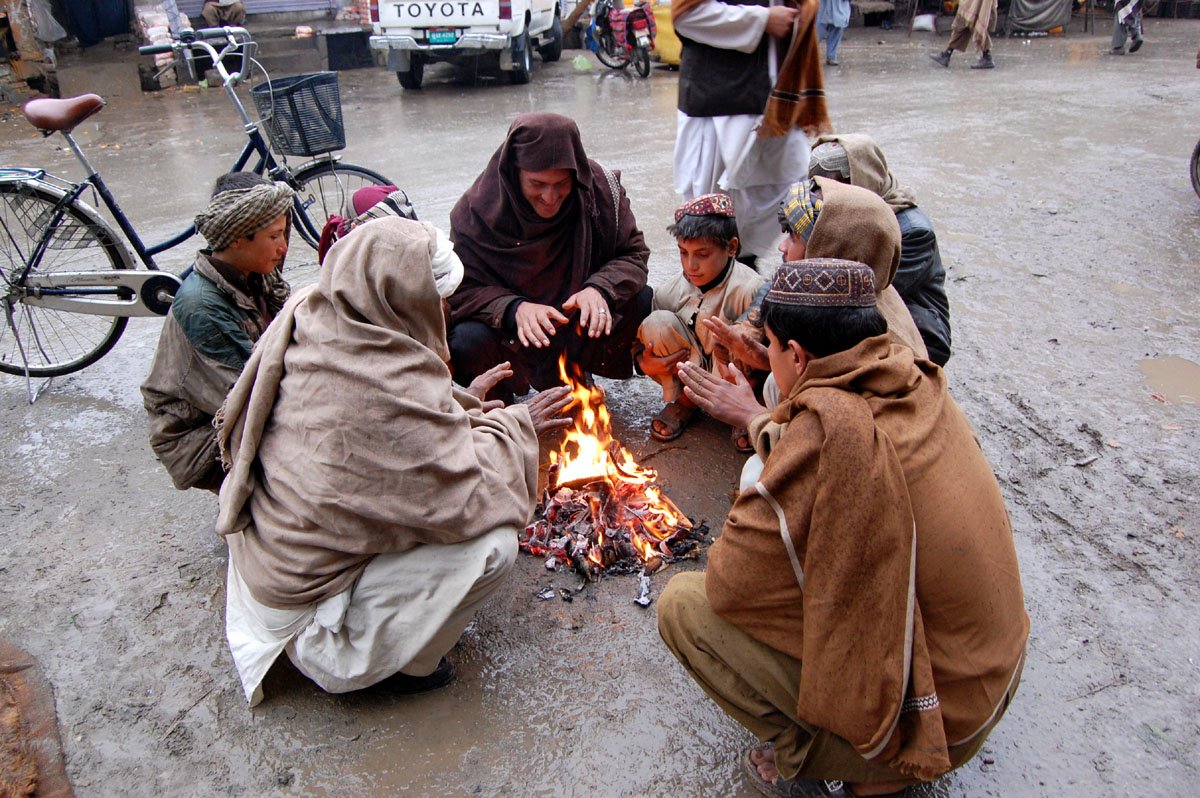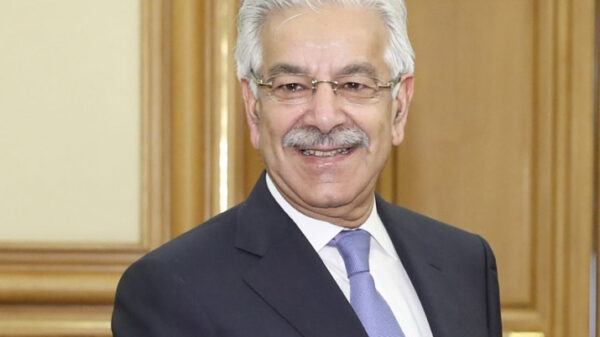IT WAS AN UNUSUAL September when gas companies faced a drop in gas pressure, particularly in Sui Northern Gas Limited pipeline network that serves Punjab and Khyber Pakhtunkhwa. Such conditions normally erupt in peak winter – December and January – as residential gas consumption increase due to space heating and geysers.
This may be an early warning about the higher than usual shortages in the upcoming winter months unless a robust demand-supply mechanism is put in place with maximum induction of imported Liquefied Natural Gas (LNG).
While a couple of faster than expected depletion in existing gas fields in Sindh and closure of some other fields due to an ongoing feud between the gas companies and influential private parties was one of the key reasons, the situation exposed the underlying adhocism in the energy supply.
The bigger short in the arm came in the form of the policy decision to divert to Sui Southern Gas Company Limited (SSGCL) for increased power generation by K-Electric substantial LNG quantities arranged by SNGPL for Punjab. Sindh and as a result, SSGCL has so far been opposed to LNG offtake for being quite expensive when compared to local gas produced in Sindh.
For quite some time, the SNGPL has been providing about 55-60 million cubic feet per day (MMCFD) of LNG to the SSGCL network but this was suddenly compelled to surrender about 200 MMCFD to jack up KE’s power generation. It took time for the system to build pressure in the SSGCL network despite the feed-in point so close at Port Qasim, the line pack pressure in SNGPL suffered the most.
The gas companies have already been facing the brunt of unreliable demand-supply projections in the power sector and this year is no exception. The upcoming drop in temperatures and resultant shrinking demand in the power sector is going to aggravate the situation as the majority of the plants would have to be closed down and LNG-based power plants moving out of economic merit order.
Normally the gas shortage in December increases to 600-700mmcfd and over 900mmcfd in January in the North (SNGPL network) due to higher demand in the residential sector that may go even higher given reduced supplies in the SSGCL network as well. That would mean a diversion of even higher LNG quantities into the residential network where more than 90pc domestic consumers are charged less than Rs200 per unit (million British Thermal Unit) of gas compared to LNG’s last year average of about Rs1500 per unit.
This price differential has already created an overall gas sector circular debt of around Rs200bn. The diversion of LNG to residential and commercial consumers has resulted in un-recovered receivables of Rs75bn alone in the SNGPL accounts over the past two years.
The petroleum division has warned that unless addressed through RLNG tariff, the LNG injection into the domestic sector would increase these receivables by Rs40bn this season, challenging the viability of the gas companies. It has been advocating the weighted average cost of gas (WACOG) as the only solution going forward which means the entire gas pricing should be on the basis of an average of domestic gas price and imported LNG.
The government is currently in the process of issuing policy guidelines to the Oil & Gas Regulatory Authority (Ogra) to allow SNGPL to recover these costs. The RLNG and indigenous gas pricing were ring-fenced in PML-N government but the sale of RLNG had been provided by SNGPL to the domestic and commercial consumers in winter months under political compulsions. The cost difference between the two – local gas and RLNG– had developed an un-recovered expenditure of Rs73.85bn between July 2018 and April 2020.
The government has now decided in principle that SNGPL needs to be compensated through the gradual recovery of Rs74bn over two-three years. The export sectors, fertilizer, and domestic sectors were already on subsidized rates, hence the additional burden would shift to the general industry, CNG, and power plants where it would translate into electricity tariff.
However, the recent decision to relieve three LNG-based power plants in Punjab from a guaranteed purchase of at least 66pc of imported LNG to make them attractive for privatization would have an adverse impact on the LNG supply chain, particularly in the SNGPL network. The petroleum division has protested over the decision and has demanded the government to provide subsidy to SNGPL which had back-to-back agreements with Pakistan State Oil, Pakistan LNG, and Qatargas for 100% purchase of imported LNG.
Upon government orders, the PSO and Pakistan LNG Limited (PLL) had signed contracts for 800mmcfd, with 500mmcfd of this being with Qatargas. All contracts in the LNG trade are on a 100% Take or Pay basis; even spot cargoes, once ordered are Take or Pay. These agreements were signed to complete the supply chain for the four RLNG power projects in the public sector with each having a maximum need of 185mmcfd gas at full capacity.
Despite the fact that the supply side is 100% Take or Pay, and these firm contracts were signed for these four RLNG power plants, while other users were to be supplied LNG from additional purchases on spot when the time came to sign the
Power Purchase Agreements (PPAs), the Power Division insisted that it could not sign 100% Take or Pay given its operational constraints.
The resulting compromise was that the first three power projects which were signed earlier on, had PPAs with 66 percent Take or Pay, with diversion rights on the part of Power Division, and a commitment for each plant to make price differential payment if it does not take at least 66p percent Take or Pay and the gas supplier has to sell the RLNG at local gas prices. This resulted in the remaining 34% risk of Take or Pay being shifted to SNGPL (and by extension to PSO) for the first three plants.
As if this was not enough, when the agreements were to be signed for the fourth power plant at Trimmu, Power Division refused to sign the agreements on the similar precedents of three plants despite clear Cabinet decisions. After going to Cabinet several times, the Petroleum Division was forced to take the entire Take or Pay exposure on this plant, whereby there is no Take or Pay in the GSA on a long-term basis.
As a result of these decisions, while Petroleum Division companies were directed to sign 800mmcfd of contracts with 100% Take or Pay to support the installation of these four power plants, it only has approximately 366mmfcd of Firm Take or Pay commitments in the GSAs, thereby forcing PSO and PLL to take 55pc of Take or Pay exposure for no fault of their own.
In order to minimize this uncovered exposure of the RLNG contracted for the Trimmu plant, PLL is in the process to sell this gas to Karachi Electric on a firm supply basis for three years.
If the entire volume that is to become surplus in 2022 is diverted to the domestic sector which is generally short supply, the impact would be Rs86bn per year on gas tariff or SNGPL accounts.
Experts believed that both SNGPL and SSGC have to pull-up their socks to make sure that gas shortage will remain at manage-able level in the upcoming winter.
Article by: Khalique Ahmed










